Home>Furniture & Design>Bathroom Accessories>Why Should You Change Your Toothbrush Every 3 Months
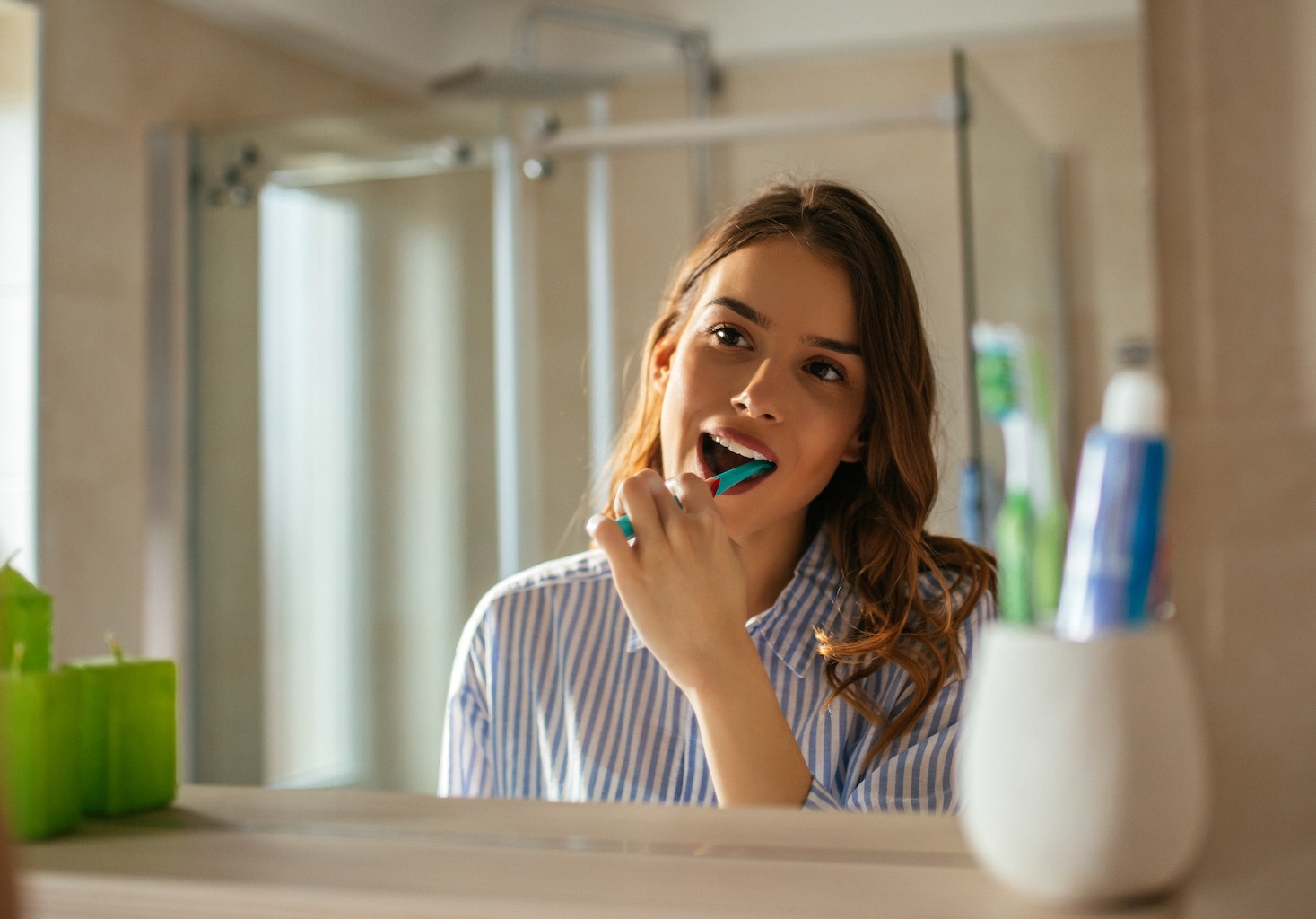

Bathroom Accessories
Why Should You Change Your Toothbrush Every 3 Months
Modified: February 18, 2024
Discover the importance of changing your toothbrush every 3 months for better oral hygiene. Find quality bathroom accessories for a healthier lifestyle.
(Many of the links in this article redirect to a specific reviewed product. Your purchase of these products through affiliate links helps to generate commission for Storables.com, at no extra cost. Learn more)
Introduction
Maintaining good oral hygiene is essential for overall health and well-being. One of the simplest yet often overlooked aspects of oral care is the regular replacement of toothbrushes. Many people may not realize the importance of changing their toothbrushes regularly, but doing so can significantly impact oral health.
A toothbrush is a vital tool for removing plaque, bacteria, and food particles from the teeth and gums. However, over time, the bristles of a toothbrush can become frayed and worn, diminishing its effectiveness. Additionally, bacteria can accumulate on the bristles, potentially leading to oral health issues if the toothbrush is not replaced regularly.
In this article, we will delve into the reasons why changing your toothbrush every three months is crucial for maintaining optimal oral hygiene. We will explore the potential risks associated with using an old toothbrush, the buildup of bacteria on toothbrushes, and the recommended frequency for replacing them. Furthermore, we will provide practical tips for ensuring that your toothbrush remains clean and effective between replacements.
By understanding the significance of regular toothbrush replacement and implementing proper oral care practices, individuals can safeguard their oral health and contribute to a brighter smile and a healthier lifestyle.
Key Takeaways:
- Regularly changing your toothbrush every 3 months keeps your teeth and gums clean and healthy by preventing bacterial buildup and maintaining the effectiveness of your toothbrush for better oral hygiene.
- To maintain a clean toothbrush, rinse it after each use, allow it to air dry, avoid sharing, replace the cover, clean and sanitize periodically, and most importantly, replace it every 3 months for optimal oral health.
The Importance of Changing Your Toothbrush
Regularly changing your toothbrush is a fundamental aspect of maintaining good oral hygiene. Over time, the bristles of a toothbrush can become frayed and worn, diminishing their ability to effectively clean the teeth and gums. As a result, using an old toothbrush may not provide the thorough cleaning necessary to remove plaque, bacteria, and food particles from the mouth.
Furthermore, the accumulation of bacteria on toothbrush bristles is a significant concern. Every time a toothbrush is used, it comes into contact with bacteria from the mouth, as well as environmental bacteria present in the bathroom. If the toothbrush is not replaced regularly, these bacteria can proliferate and potentially reintroduce harmful microorganisms into the mouth during brushing.
In addition to the diminished cleaning efficacy and bacterial buildup, an old toothbrush may also harbor other contaminants, such as remnants of toothpaste and food particles. These factors can compromise the overall cleanliness of the toothbrush and, consequently, the effectiveness of oral care routines.
By changing your toothbrush every three months, you can ensure that the bristles remain in optimal condition for thorough cleaning. Fresh bristles are better equipped to remove plaque and debris from the teeth and gums, promoting better oral health outcomes. Moreover, regular replacement helps minimize the risk of bacterial contamination, reducing the potential for oral health issues.
In essence, the importance of changing your toothbrush every three months cannot be overstated. Doing so is a simple yet impactful way to maintain effective oral hygiene and reduce the risk of bacterial contamination. By incorporating regular toothbrush replacement into your oral care routine, you can contribute to the overall health and cleanliness of your mouth, ultimately supporting a brighter smile and improved well-being.
Bacteria Buildup on Toothbrushes
Bacteria buildup on toothbrushes is a significant concern that can impact oral health if not addressed through regular replacement of toothbrushes. Every time a toothbrush is used, it comes into contact with bacteria from the mouth, as well as environmental bacteria present in the bathroom. These microorganisms can adhere to the bristles and multiply over time, creating an environment conducive to bacterial growth.
The moist and warm environment of the bathroom provides an ideal breeding ground for bacteria, further exacerbating the potential for contamination. Additionally, if toothbrushes are stored in close proximity to each other, the transfer of bacteria between brushes can occur, compounding the issue.
The presence of bacteria on toothbrushes poses a risk of reintroducing harmful microorganisms into the mouth during brushing. This can potentially lead to oral health issues, including infections and inflammation of the gums. Furthermore, individuals with compromised immune systems or existing oral health conditions may be particularly susceptible to the adverse effects of bacterial contamination on toothbrushes.
To mitigate the risk of bacteria buildup on toothbrushes, it is essential to replace them every three months. By adhering to this recommended timeframe, individuals can minimize the accumulation of bacteria on their toothbrushes, thereby reducing the potential for bacterial reintroduction during brushing.
In addition to regular replacement, proper storage and maintenance of toothbrushes can help mitigate bacteria buildup. Storing toothbrushes in an upright position and allowing them to air dry between uses can help reduce moisture and inhibit bacterial growth. Furthermore, rinsing toothbrushes thoroughly after each use and periodically sanitizing them can contribute to maintaining a cleaner and more hygienic oral care tool.
By understanding the implications of bacteria buildup on toothbrushes and taking proactive measures to address this concern, individuals can better safeguard their oral health. Regularly replacing toothbrushes, implementing proper storage practices, and maintaining good oral hygiene routines collectively contribute to reducing the risk of bacterial contamination and promoting a healthier mouth.
In summary, the buildup of bacteria on toothbrushes underscores the importance of regular replacement and proper maintenance to support optimal oral hygiene. By addressing this aspect of oral care, individuals can take proactive steps to minimize the potential impact of bacterial contamination and contribute to a cleaner and healthier oral environment.
Effectiveness of Toothbrushes Over Time
The effectiveness of toothbrushes diminishes over time due to wear and bacterial contamination. When a toothbrush is first used, its bristles are firm and resilient, allowing for thorough cleaning of the teeth and gums. However, with continued use, the bristles gradually wear down, becoming frayed and less effective at removing plaque and debris. This deterioration compromises the toothbrush's ability to provide the necessary level of cleaning, potentially leaving behind harmful bacteria and food particles.
Moreover, as toothbrush bristles degrade, they lose their flexibility and ability to reach into tight spaces between teeth and along the gum line. This can result in inadequate plaque removal, increasing the risk of dental issues such as cavities and gum disease. Additionally, worn bristles may cause discomfort or irritation to the gums during brushing, further detracting from the overall effectiveness and comfort of oral care routines.
In addition to physical wear, the accumulation of bacteria on toothbrushes can also impact their effectiveness. As mentioned earlier, bacteria from the mouth and the surrounding environment can adhere to the bristles, potentially leading to bacterial contamination. This can compromise the cleanliness of the toothbrush and introduce harmful microorganisms into the mouth during brushing, negating the intended benefits of oral care.
Furthermore, the presence of contaminants such as toothpaste residue and food particles on an old toothbrush can contribute to reduced effectiveness. These remnants can impede the bristles' ability to make direct contact with the teeth and gums, hindering the thorough removal of plaque and debris.
To maintain optimal oral hygiene, it is crucial to recognize the impact of diminishing toothbrush effectiveness over time. By replacing toothbrushes every three months, individuals can ensure that they are consistently using a tool that is capable of providing thorough cleaning and minimizing the risk of bacterial contamination. This proactive approach supports better oral health outcomes and contributes to a more effective oral care routine.
In summary, the effectiveness of toothbrushes declines as a result of physical wear, bacterial buildup, and the presence of contaminants. By understanding these factors and adhering to the recommended replacement frequency, individuals can prioritize the maintenance of effective oral hygiene practices and support the overall health of their teeth and gums.
Tip: Changing your toothbrush every 3 months helps maintain good oral hygiene by ensuring the bristles are effective at removing plaque and bacteria. This can help prevent dental issues and keep your mouth healthy.
Recommended Frequency of Changing Toothbrushes
The recommended frequency of changing toothbrushes is every three months. This timeframe aligns with guidelines provided by dental professionals and oral care experts, emphasizing the importance of regular toothbrush replacement to maintain optimal oral hygiene. By adhering to this recommended schedule, individuals can effectively address the potential issues associated with worn bristles, bacterial contamination, and diminished cleaning efficacy.
The three-month interval for replacing toothbrushes is based on several factors that impact the condition and effectiveness of the bristles. Over time, the bristles of a toothbrush can become frayed and worn, compromising their ability to effectively remove plaque, bacteria, and food particles from the teeth and gums. This deterioration can lead to inadequate cleaning and an increased risk of oral health issues if the toothbrush is not replaced within the recommended timeframe.
Furthermore, the accumulation of bacteria on toothbrush bristles is a significant concern that underscores the importance of regular replacement. Every time a toothbrush is used, it comes into contact with bacteria from the mouth and environmental bacteria present in the bathroom. If the toothbrush is not replaced regularly, these microorganisms can proliferate, potentially reintroducing harmful bacteria into the mouth during brushing.
By changing toothbrushes every three months, individuals can ensure that the bristles remain in optimal condition for thorough cleaning. Fresh bristles are better equipped to remove plaque and debris from the teeth and gums, promoting better oral health outcomes. Moreover, regular replacement helps minimize the risk of bacterial contamination, reducing the potential for oral health issues.
It is important to note that the three-month timeframe for changing toothbrushes serves as a general guideline, and certain individuals may need to replace their toothbrushes more frequently. Factors such as illness, compromised immune systems, or specific oral health conditions may necessitate more frequent toothbrush replacement to minimize the risk of bacterial contamination and maintain effective oral hygiene.
In summary, the recommended frequency of changing toothbrushes every three months is a proactive measure that supports optimal oral hygiene. By adhering to this guideline, individuals can address the potential issues associated with worn bristles, bacterial contamination, and diminished cleaning efficacy, ultimately contributing to a healthier and cleaner oral environment.
Tips for Maintaining a Clean Toothbrush
Proper maintenance of your toothbrush is essential for ensuring effective oral hygiene and minimizing the risk of bacterial contamination. By implementing the following tips, you can maintain a clean toothbrush and support the overall cleanliness of your oral care routine.
-
Rinse Thoroughly After Each Use: After brushing your teeth, thoroughly rinse your toothbrush under running water to remove any remaining toothpaste, food particles, and bacteria. This simple practice helps prevent the accumulation of contaminants on the bristles and promotes a cleaner toothbrush for the next use.
-
Allow Proper Air Drying: After rinsing, store your toothbrush in an upright position in a well-ventilated area to allow it to air dry completely between uses. Avoid covering the toothbrush or storing it in a closed container, as this can create a moist environment conducive to bacterial growth. Proper air drying helps inhibit the proliferation of bacteria on the toothbrush.
-
Avoid Sharing Toothbrushes: It is important to use your own toothbrush and avoid sharing it with others. Sharing toothbrushes can lead to the transfer of bacteria and other microorganisms, increasing the risk of contamination. Each individual should have their own designated toothbrush to maintain optimal oral hygiene.
-
Replace Toothbrush Cover: If you use a toothbrush cover for travel or storage, ensure that it is clean and dry. Replace the cover periodically to prevent the buildup of moisture and bacteria. Alternatively, consider using a ventilated cover that allows for air circulation while protecting the bristles.
-
Clean and Sanitize Periodically: To further maintain a clean toothbrush, consider cleaning and sanitizing it periodically. You can do this by soaking the toothbrush in an antibacterial mouthwash for a few minutes or using a solution of water and hydrogen peroxide. Additionally, some toothbrushes are designed to be sanitized using UV light, offering an effective way to eliminate bacteria.
-
Replace Regularly: Adhering to the recommended three-month replacement schedule is crucial for maintaining a clean and effective toothbrush. By replacing your toothbrush every three months, you can ensure that you are consistently using a tool with fresh, clean bristles, minimizing the risk of bacterial contamination and supporting optimal oral hygiene.
By incorporating these tips into your oral care routine, you can effectively maintain a clean toothbrush and promote a healthier oral environment. These simple yet impactful practices contribute to the overall effectiveness of your oral hygiene efforts, supporting cleaner teeth, fresher breath, and better oral health outcomes.
Conclusion
In conclusion, the regular replacement of toothbrushes every three months is a simple yet impactful practice that plays a crucial role in maintaining optimal oral hygiene. Throughout this article, we have explored the significance of changing toothbrushes, the potential risks associated with using old toothbrushes, and the importance of addressing bacterial buildup. By understanding these factors and adhering to the recommended frequency of toothbrush replacement, individuals can prioritize the cleanliness and effectiveness of their oral care routines.
The accumulation of bacteria on toothbrushes, along with the physical wear of bristles over time, underscores the need for regular replacement. By changing toothbrushes every three months, individuals can ensure that they are consistently using a tool with fresh, clean bristles, better equipped to remove plaque and debris from the teeth and gums. This proactive approach supports better oral health outcomes and contributes to a more effective oral care routine.
Furthermore, the tips provided for maintaining a clean toothbrush offer practical guidance for individuals seeking to optimize their oral hygiene practices. By rinsing thoroughly after each use, allowing proper air drying, avoiding the sharing of toothbrushes, replacing toothbrush covers, cleaning and sanitizing periodically, and adhering to the recommended replacement schedule, individuals can take proactive steps to ensure that their toothbrushes remain clean and effective.
Ultimately, the regular replacement of toothbrushes every three months is a small yet impactful investment in oral health. By incorporating this practice into their oral care routines, individuals can contribute to a cleaner and healthier oral environment, supporting fresher breath, cleaner teeth, and a brighter smile. The benefits of regular toothbrush replacement extend beyond oral health, encompassing overall well-being and confidence in one's oral care practices.
In essence, the simple act of changing a toothbrush every three months is a proactive measure that can yield significant benefits for oral health. By recognizing the importance of this practice and implementing the tips for maintaining a clean toothbrush, individuals can take meaningful steps toward prioritizing their oral hygiene and contributing to a healthier, happier smile.
Frequently Asked Questions about Why Should You Change Your Toothbrush Every 3 Months
Was this page helpful?
At Storables.com, we guarantee accurate and reliable information. Our content, validated by Expert Board Contributors, is crafted following stringent Editorial Policies. We're committed to providing you with well-researched, expert-backed insights for all your informational needs.


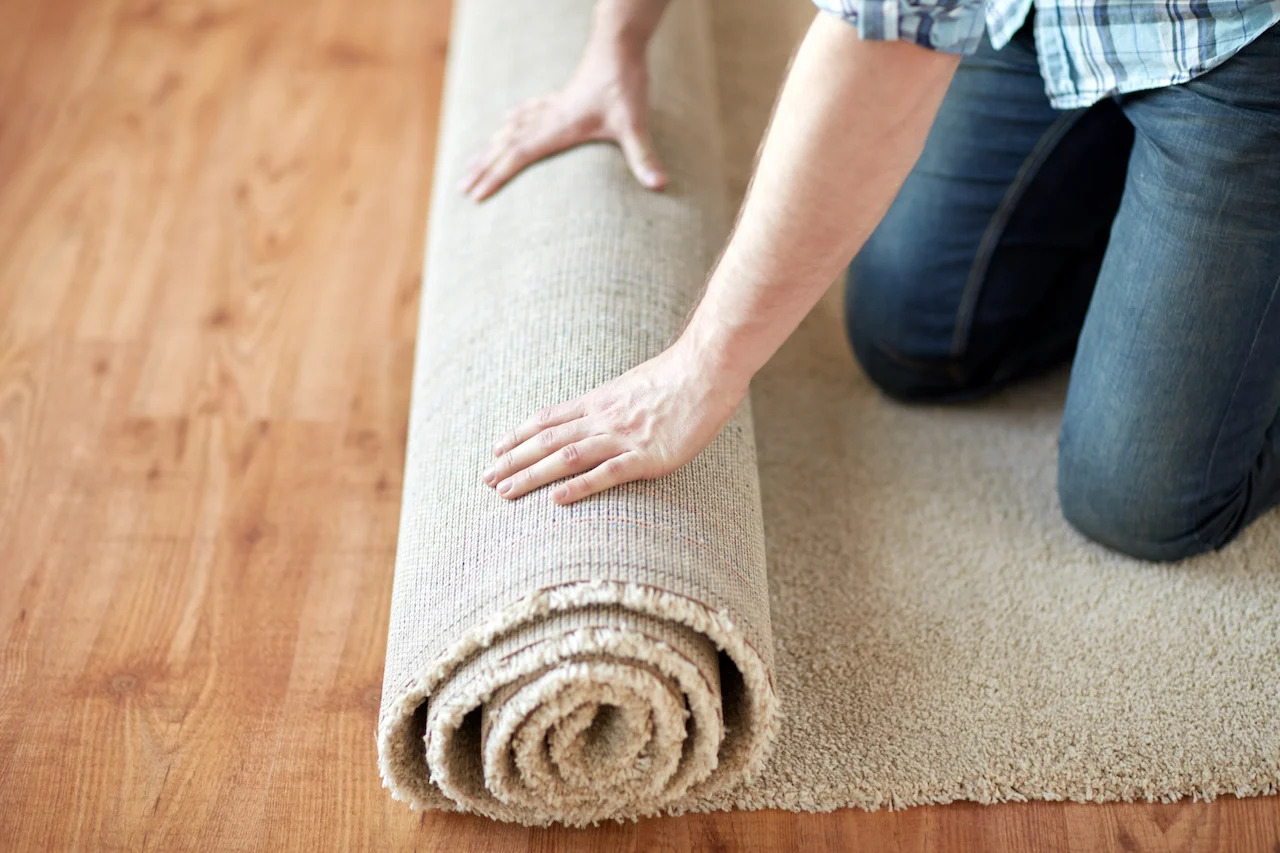


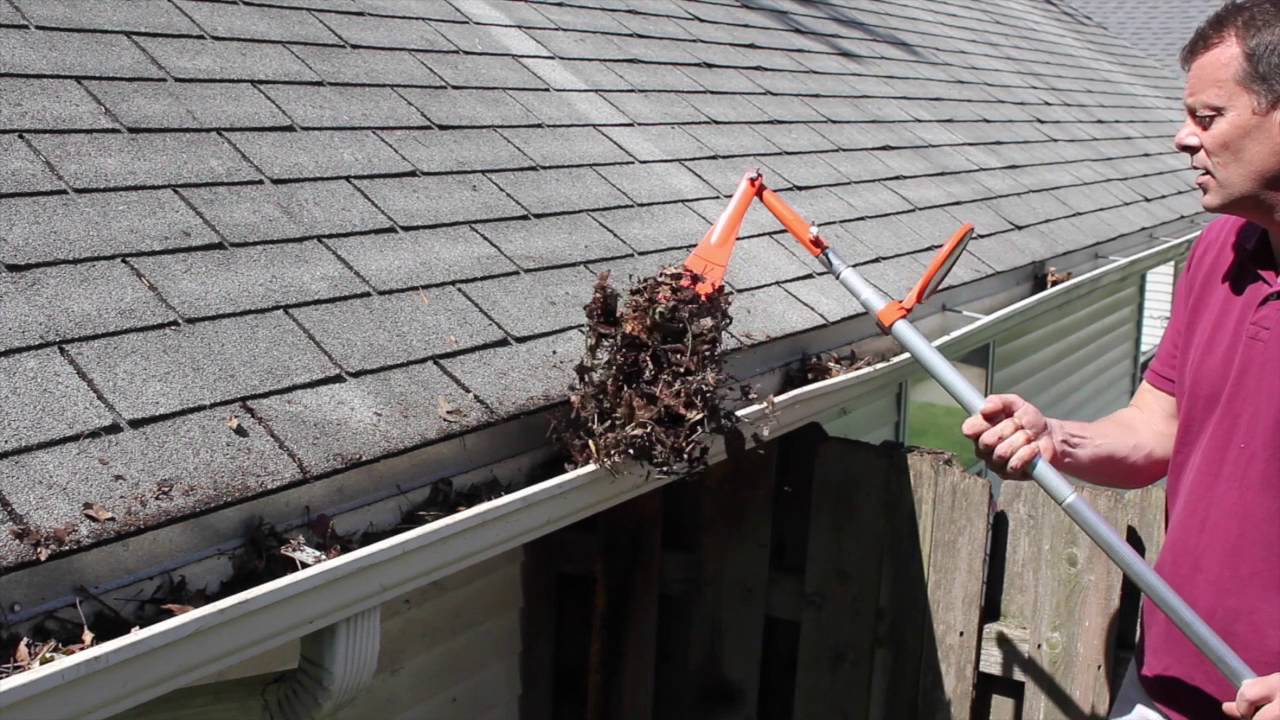
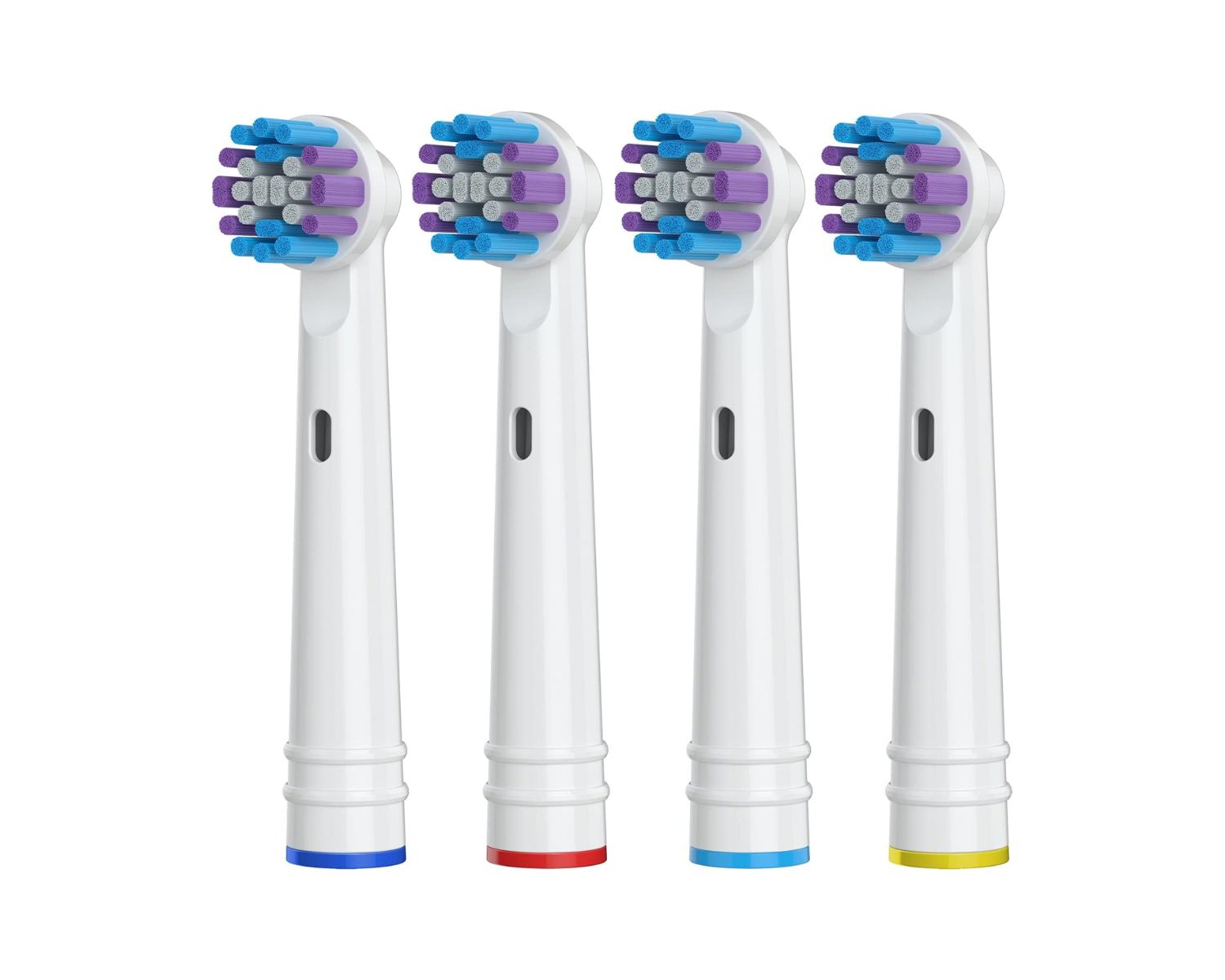
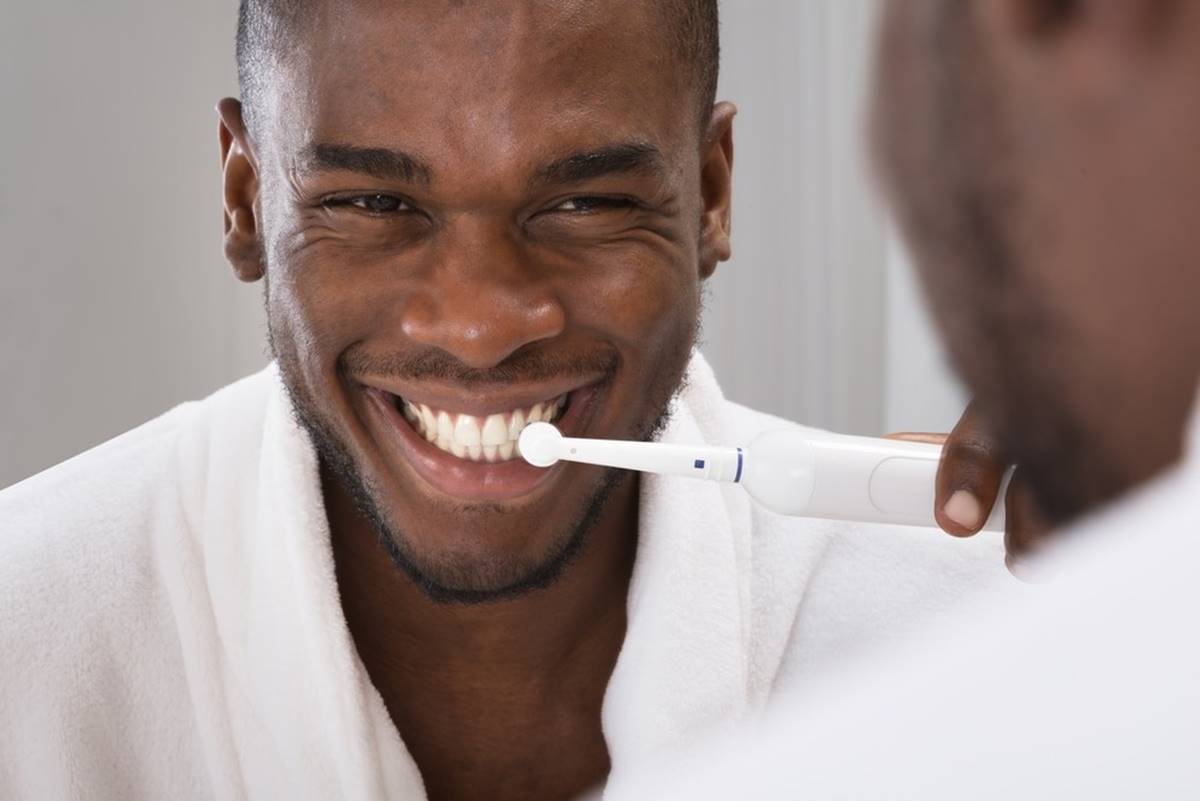
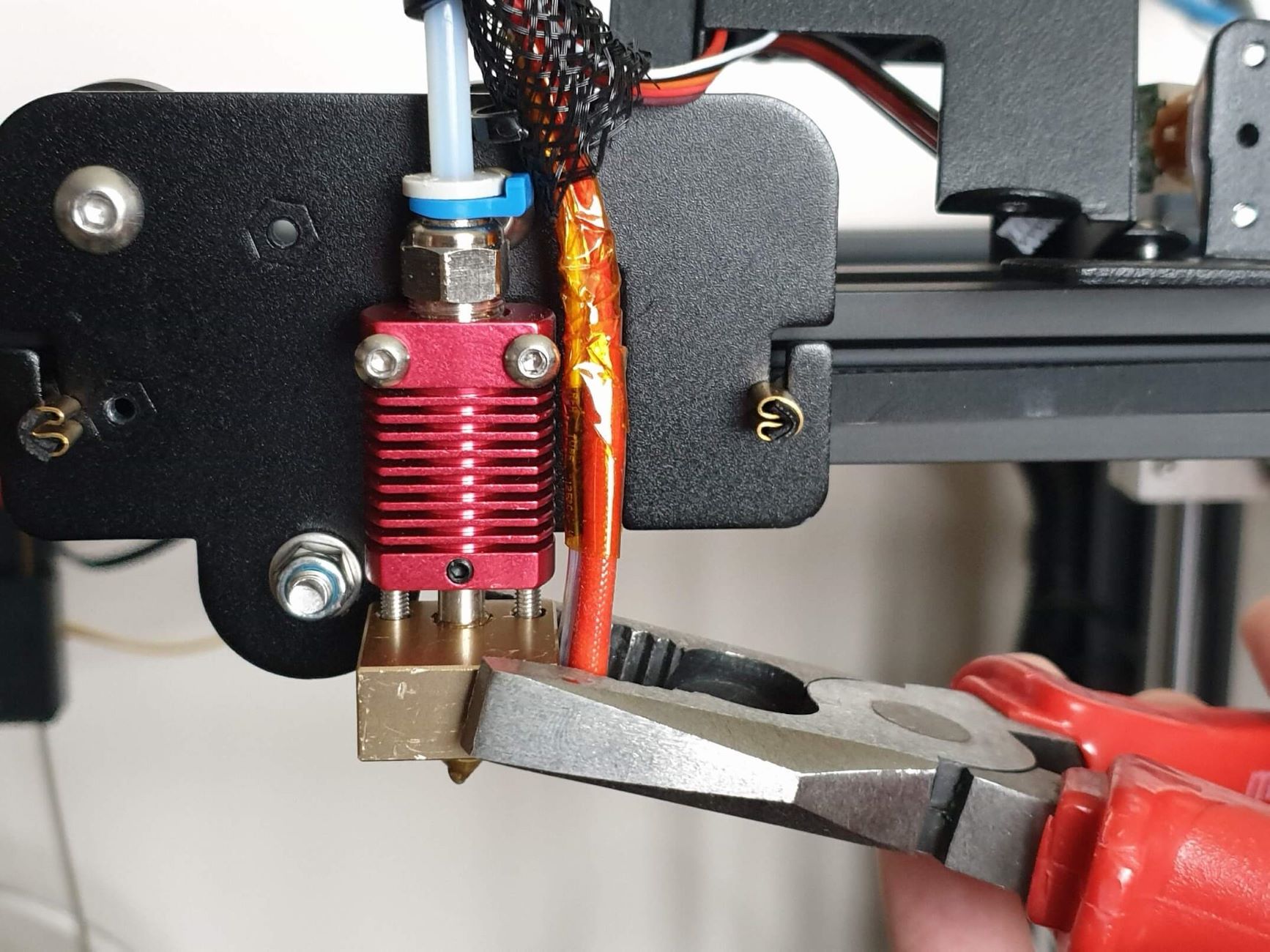

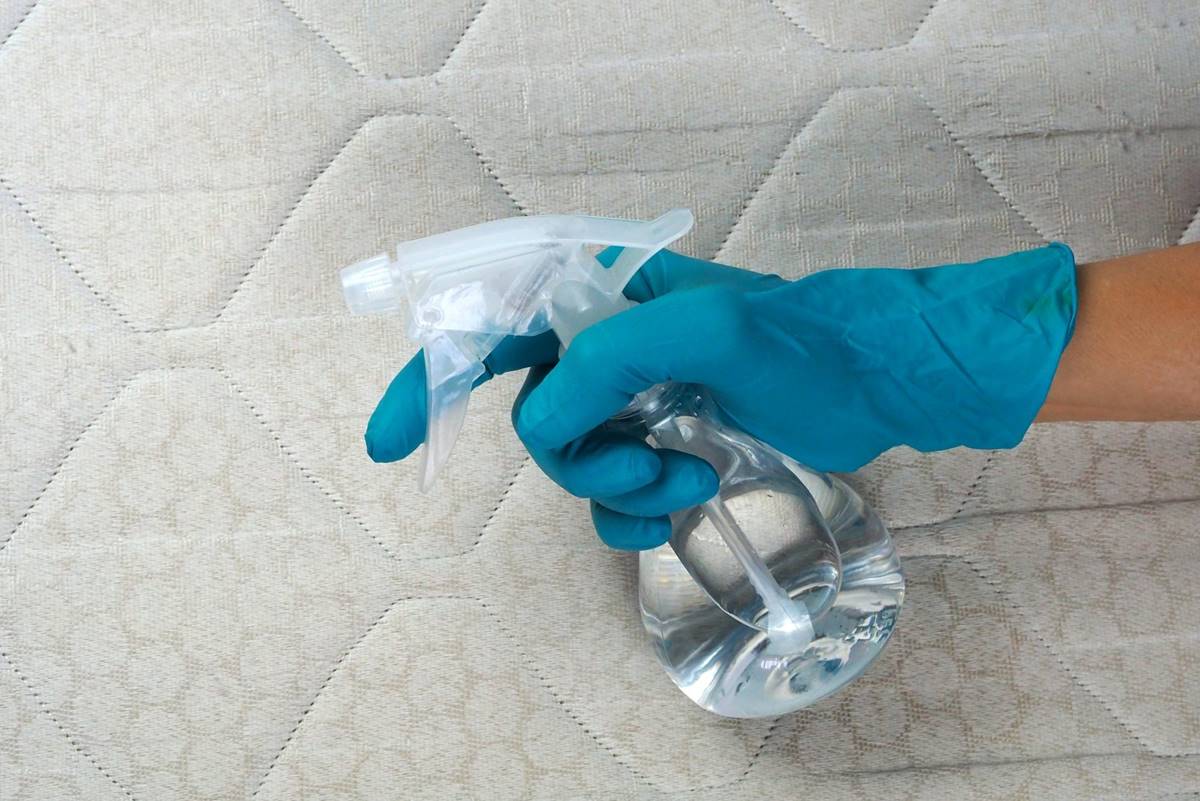
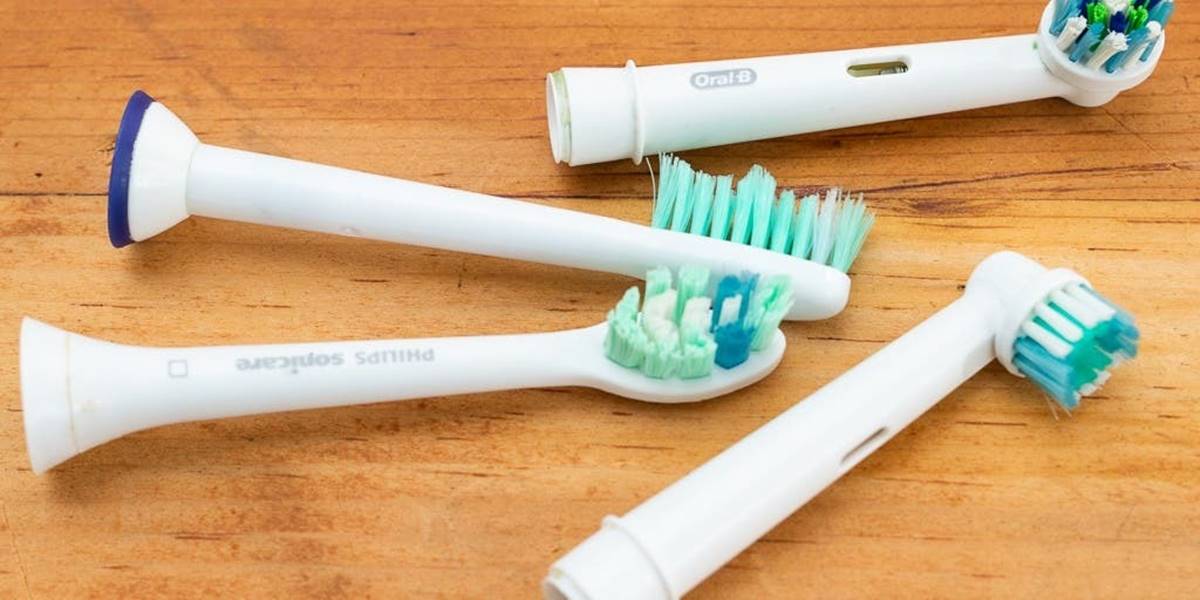
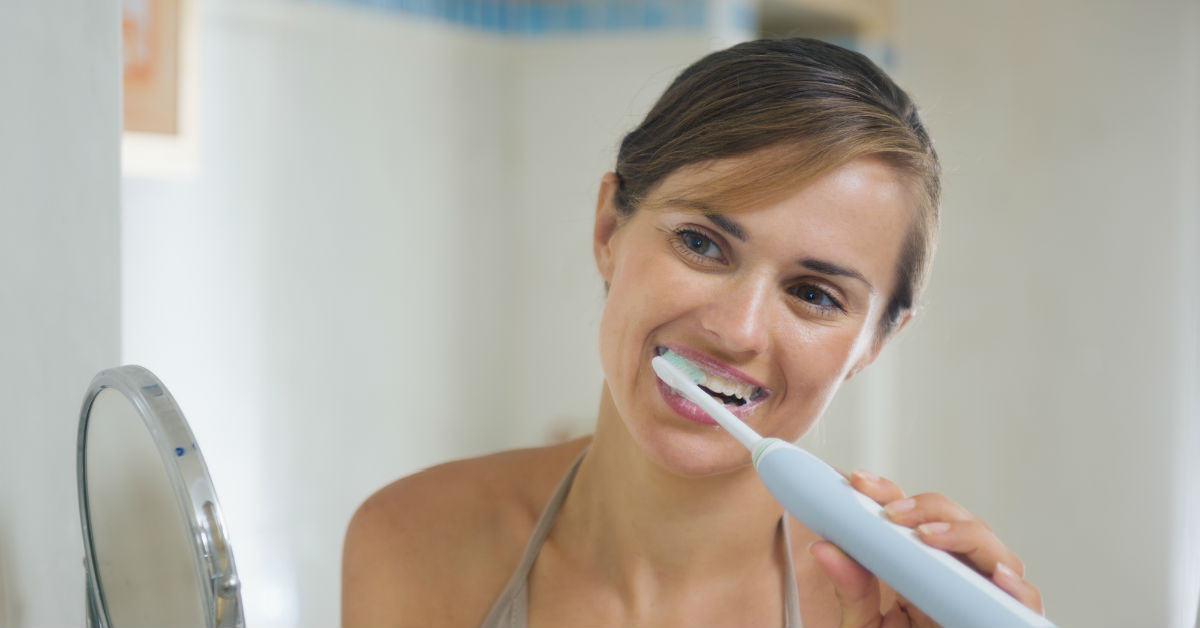


0 thoughts on “Why Should You Change Your Toothbrush Every 3 Months”